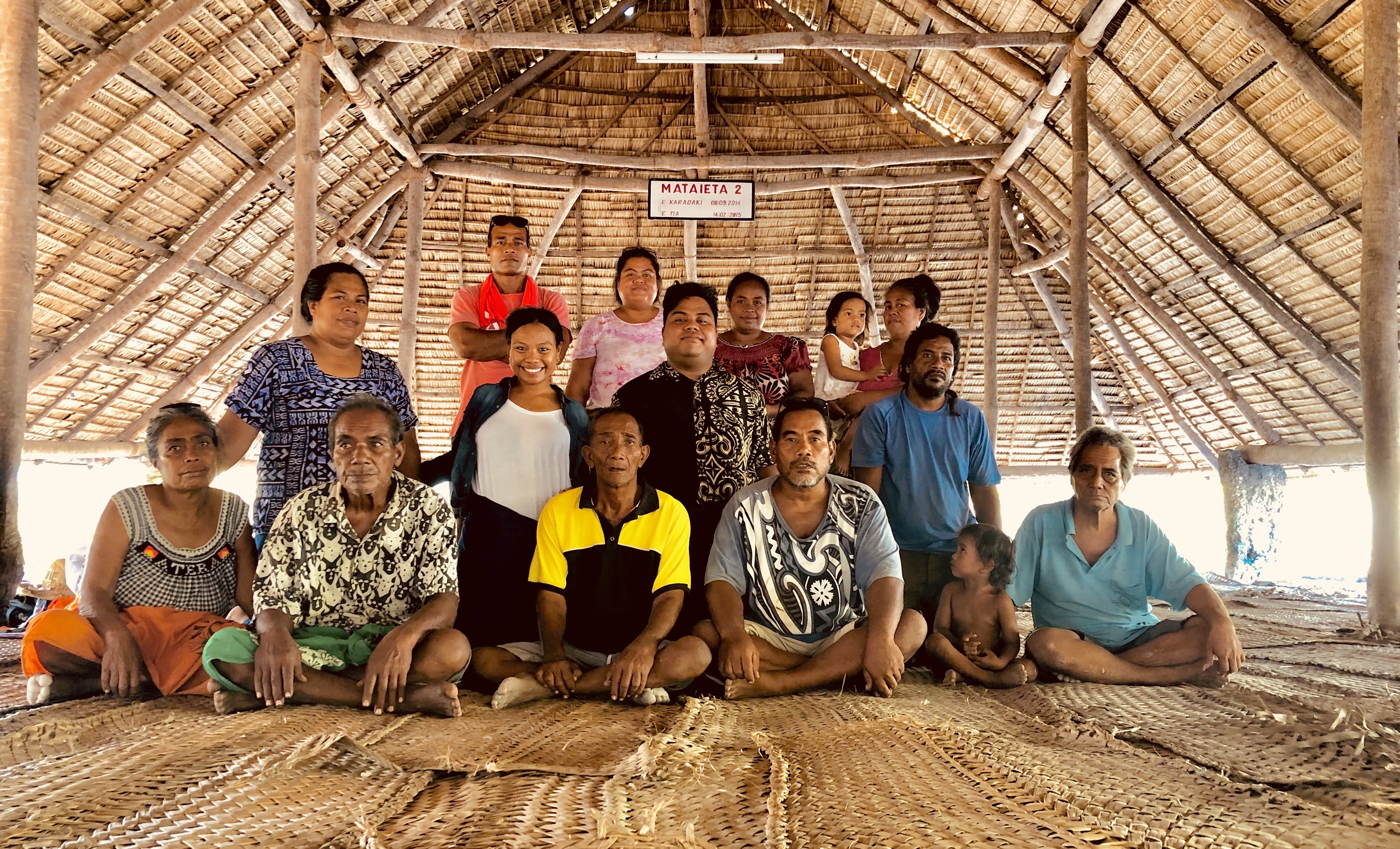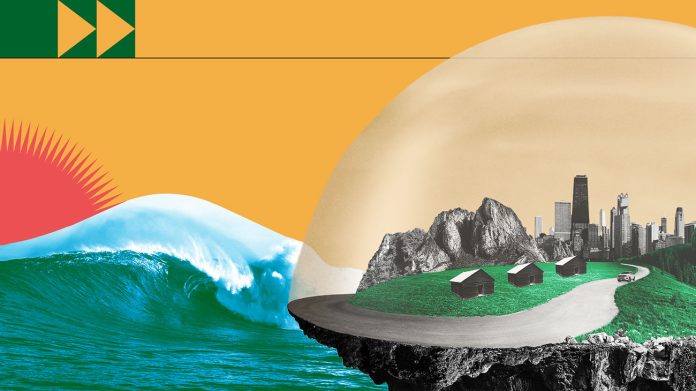Climate change is here. Beyond doing everything we can to cut emissions and slow the pace of global warming, we must adapt to climate consequences so we can protect ourselves and our communities. The fallout varies depending on where you live. It might mean fires or floods, droughts, hotter or colder days or sea-level rise.
What can you do?
There are many ways to adapt to what is happening and what will happen. Individuals can take some simple measures. You can plant or preserve trees around your home, for instance, to keep temperatures cooler inside. Clearing brush might reduce fire hazards. If you own a business, start thinking about and planning around possible climate risks, such as hot days that prevent workers from doing outside tasks.
Everyone should be aware of the possibly greater potential for natural disasters where they live and what resources they have in case these happen. That might mean purchasing insurance in advance, or knowing where you can get disaster information and relief during a crisis.
Gearing up for big changes
Given the scale of climate change, and the fact that it will affect many areas of life, adaptation also needs to take place on a greater scale. Our economies and societies as a whole need to become more resilient to climate impacts. This will require large-scale efforts, many of which will be orchestrated by governments. Roads and bridges may need to be built or adapted to withstand higher temperatures and more powerful storms. Some cities on coastlines may have to establish systems to prevent flooding in streets and underground transport. Mountainous regions may have to find ways to limit landslides and overflow from melting glaciers.
Some communities may even need to move to new locations because it will be too difficult to adapt. This is already happening in some island countries facing rising seas.

With a warming ocean and pressures from overfishing, community members in Kiribati are learning how to manage fish populations so they stabilize or regenerate.
Spending now saves lives and reduces costs later on
If all of this sounds expensive, it is – but the important thing to remember is that we already know a lot about how to adapt. More is being learned every day. Further, investing in adaptation makes a lot more sense than waiting and trying to catch up later, as many countries have learned during the COVID-19 pandemic. Protecting people now saves more lives and reduces risks moving forward. It makes financial sense too because the longer we wait, the more the costs will escalate.
Think about this. Globally, a $1.8 trillion investment in early warning systems, climate-resilient infrastructure, improved agriculture, global mangrove protection along coastlines and resilient water resources could generate $7.1 trillion through a combination of avoided costs and a variety of social and environmental benefits. Universal access to early warning systems can deliver benefits up to 10 times the initial cost. And if more farms installed solar-powered irrigation, used new crop varieties, had access to weather alert systems and took other adaptive measures, the world would avoid a drop-off in global agricultural yields of up to 30 per cent by 2050. (Click here for more action facts on adaptation.)
Priority must go to the most vulnerable
While the case for adaptation is clear, some communities most vulnerable to climate change are the least able to adapt because they are poor and/or in developing countries already struggling to come up with enough resources for basics like health care and education. Estimated adaptation costs in developing countries could reach $300 billion every year by 2030. Right now, only 21 per cent of climate finance provided by wealthier countries to assist developing nations goes towards adaptation and resilience, about $16.8 billion a year.
Wealthier countries are obligated to fulfil a commitment made in the Paris Agreement to provide $100 billion a year in international climate finance. They should make sure that at least half goes to adaptation. This would be an important symbol of global solidarity in the face of a challenge we can only solve if everyone in the world works together.
Watch leading Indian environmentalist Sunita Narain, who reminds us that we know how to make our communities safer, and we must act, as a matter of justice.




